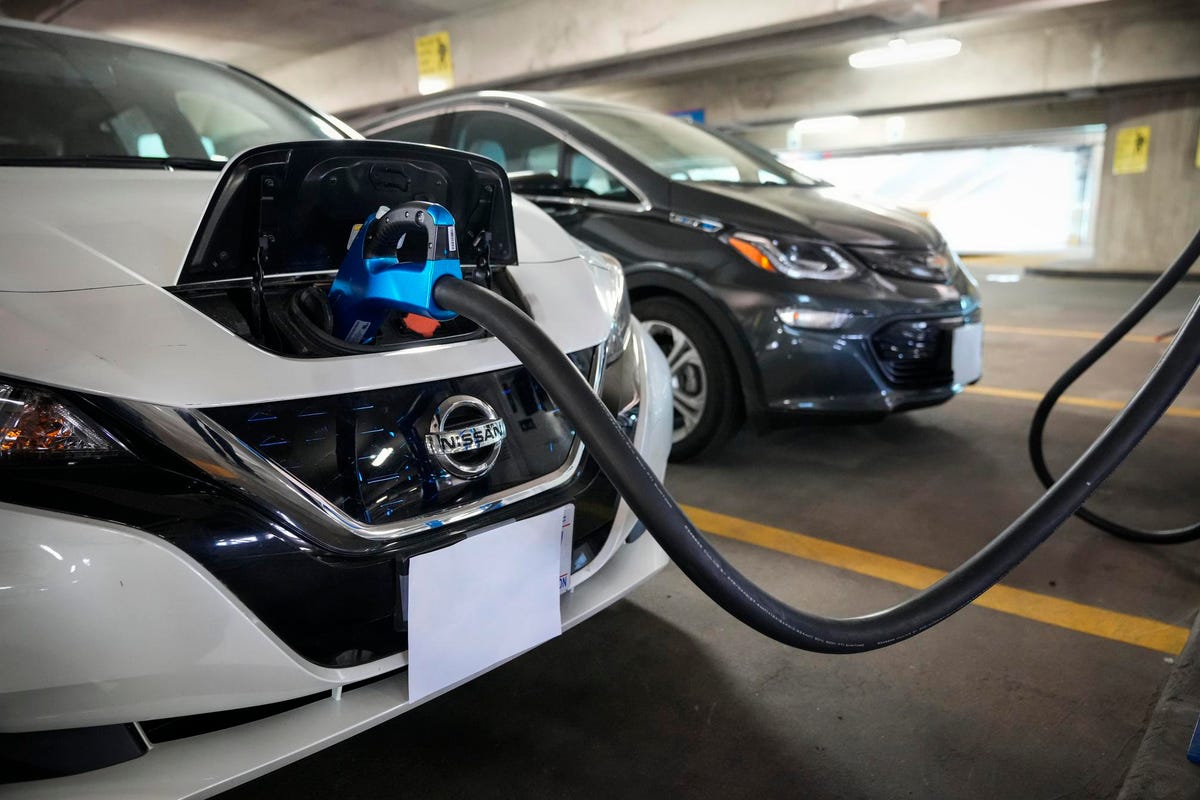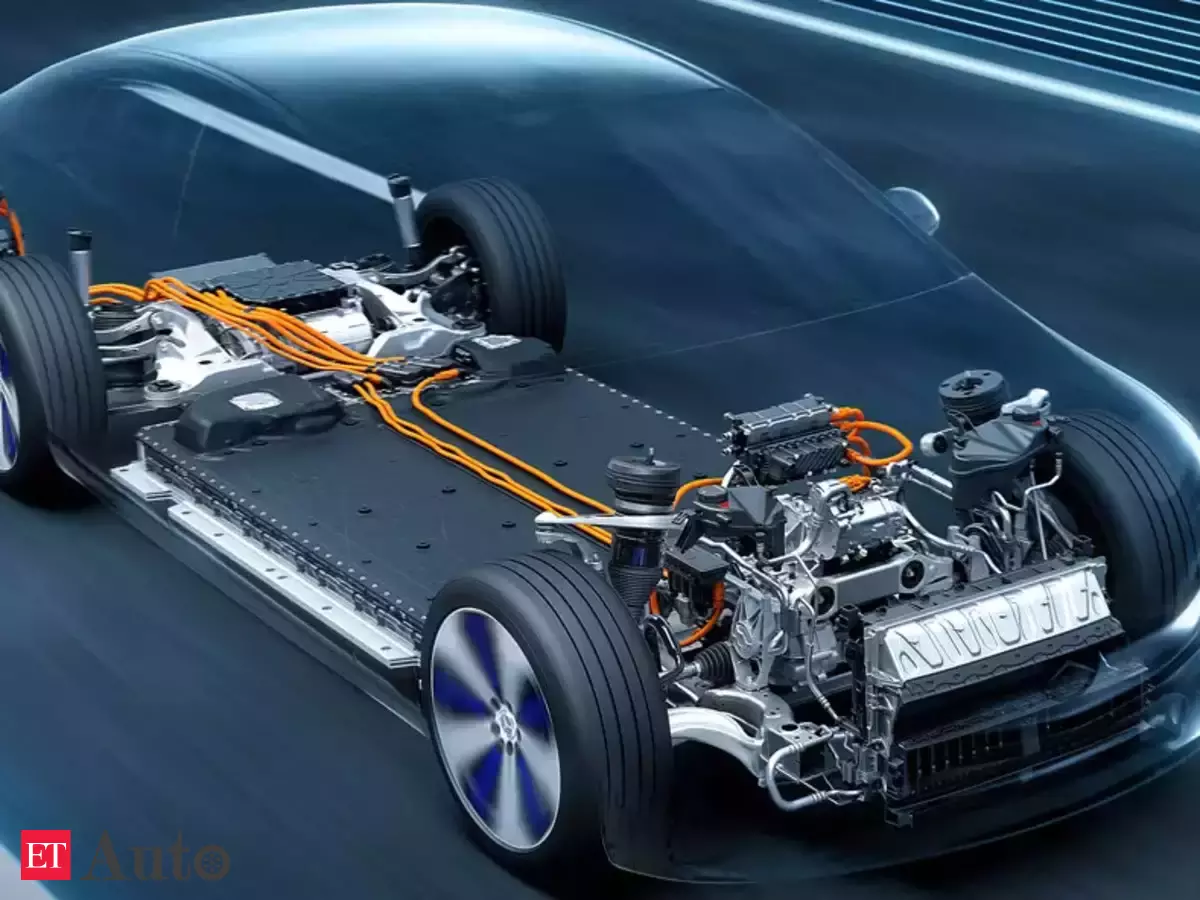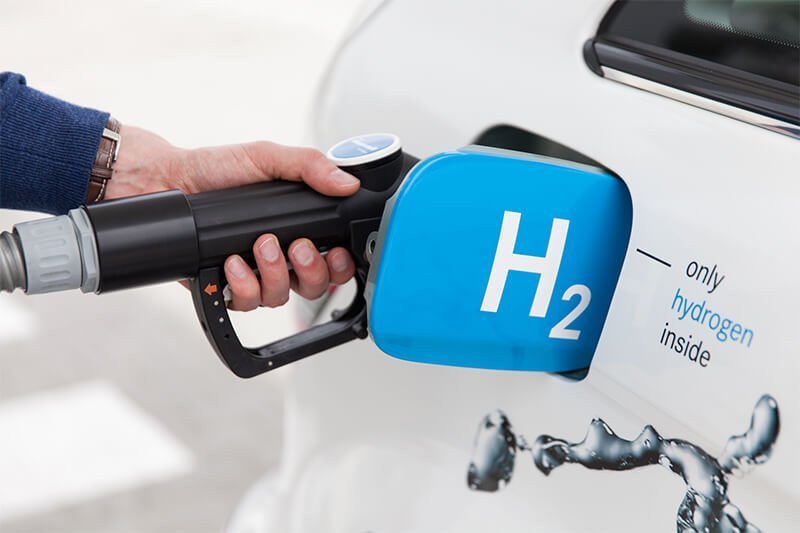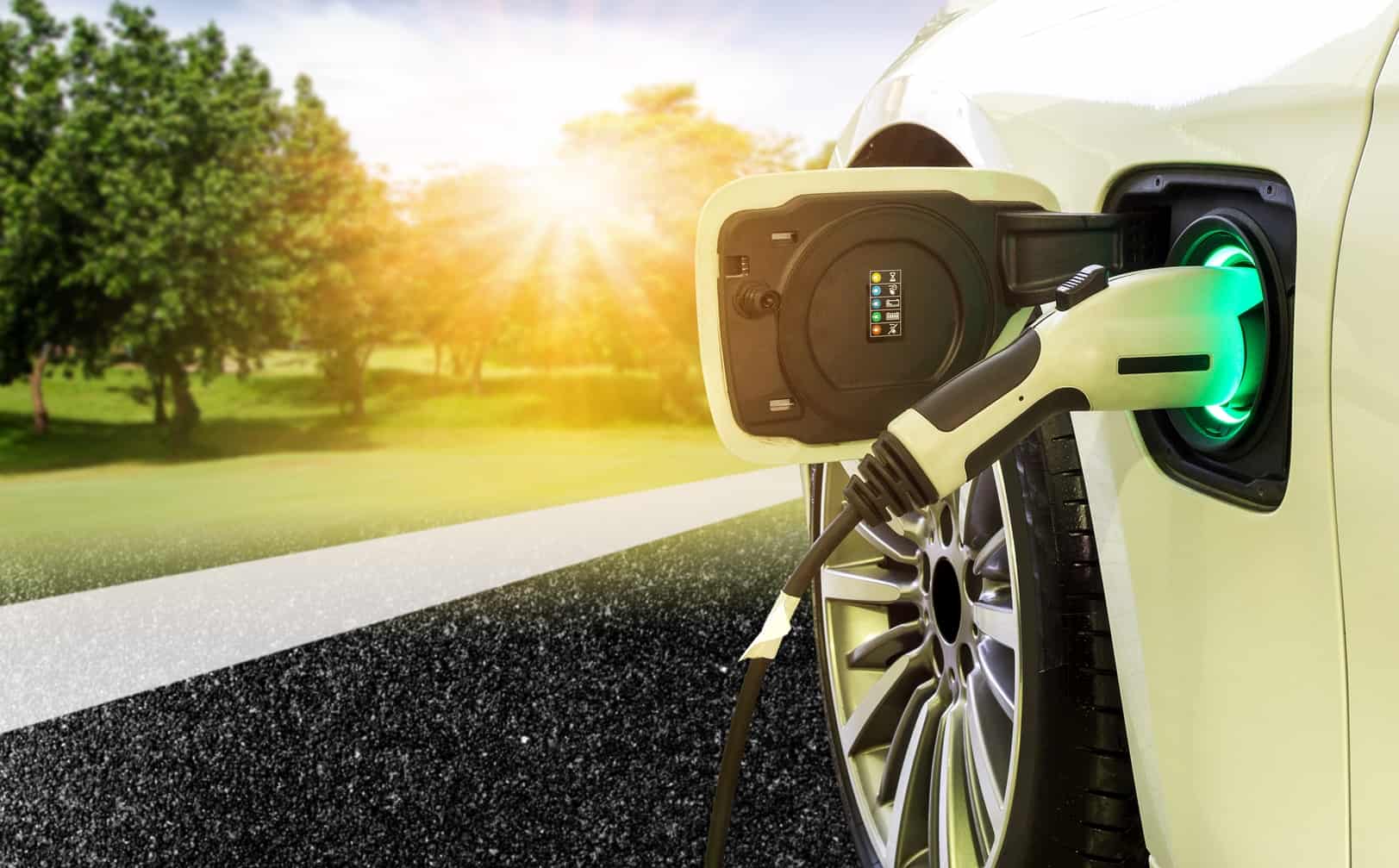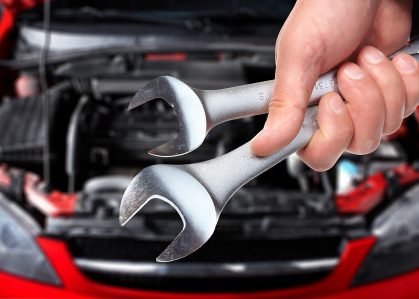Advantages of Flow Batteries Over Lithium-Ion in Grid-Scale Applications
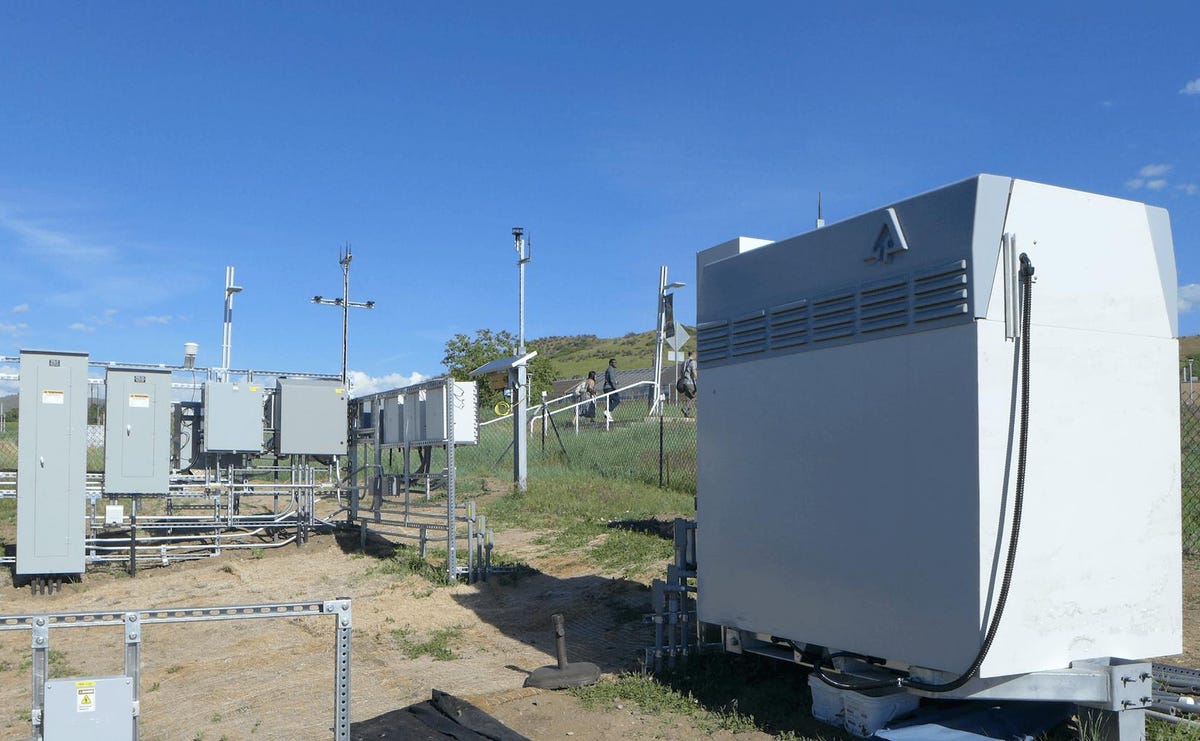
Lithium-ion battery technology has evolved over the last 40 years, and it now powers anything from small electronic devices to Tesla's 100MW battery farm in southern Australia. However, large-scale Li-ion batteries are uncommon. Pumped hydro accounts for 99 percent of today's power storage, a solution that will always be constrained by geographical and environmental limits. They're safer, more adaptable, and last longer, plus there's a lot more Vanadium in the Earth's crust than Lithium. However, the high expense of Vanadium production makes commercialization difficult. As a result, researchers are attempting to improve chemistry and cell and stack layouts in order to store more energy.
What is a Lithium-ion Battery?
A lithium-ion (Li-ion) battery is a high-performance battery that employs lithium ions as a major element of its electrochemical processes. Lithium atoms in the anode are ionized and segregated from their electrons during a discharge cycle. The lithium ions go from the anode via the electrolyte to the cathode, where they reunite with their electrons and become electrically neutral. Between the anode and the cathode, the lithium ions are tiny enough to pass through a micro-permeable membrane. Li-ion batteries can store a lot of charges and have a lot of voltage per unit weight and volume.
Applications Of Flow Batteries
Utilities
The promise of flow batteries supply long-term stability and many more daily hours of consumption than other battery storage choices, such as lithium-ion or lead-acid batteries, has piqued the interest of electrical grid operators and companies. Flow batteries can last up to 10 hours on a single charge, but commercialized cells are only good for one or two hours.
Flow batteries are expected to play a role in utility applications as a buffer between accessible power sources and unpredictable electrical demands. For example, during the summer, clean energy sources such as rooftop solar panels can create a lot of power on some days, but significantly less on cloudy days. When it's hot outside, air conditioners will be in high demand.
Microgrids
Microgrids are tiny variations of electric grids that can run independently of the power grid at any moment. Small-scale renewable energy sources, such as solar panels strewn throughout a hamlet and multiple wind generators, can be used to power microgrids.
For the same reasons that utility companies are interested in employing them, flow batteries could fit perfectly into the microgrid design. They last a long time and can meet requirements when grid power is too exorbitant or the microgrid is unable to create energy on its own.
Electric Vehicles (EVs)
Flow batteries make a lot of sense for the future of electric vehicle fuel since they can be quickly "recharged" simply refilling the electrolyte liquid. At a fueling station, the expended electrolyte could theoretically be readily drained and replenished. That'd be a lot faster than having to wait up to 20 minutes for your EV to slurp photogenerated electrons into its lithium ion batteries.
Current flow batteries, on the other hand, have a low energy density. As a result, the driving range would be extremely limited. Although some electrochemistry experts are investigating the use of high solubility salts in the electrolyte solution to boost range, the use of flow batteries in electric vehicles appears to be wild speculation for the time being.
Advantages & Disadvantages: Flow Batteries Vs. Lithium Ion Batteries
Safety
Because there are no flammable electrolytes in Safety Flow battery systems, they are relatively safe. While uncommon and expensive, the vanadium fluid most commonly utilised in the tanks is also environmentally beneficial. The tanks are even safer because they can be placed further away from the conducting cell membrane and power stack.
Longevity
Li-ion batteries can only last roughly 8 years if they are cycled every day, whereas vanadium flow batteries can last up to 30 years. This is due to the fact that flow batteries do not require phase-to-phase chemical interactions.
The vanadium electrolyte can have electrons supplied and removed without the substance deteriorating. As a result, the battery cycle life is theoretically endless.
Density of Power
Flow batteries have a lower power density than lithium-ion batteries, but they're great at delivering steady energy (in a smaller amount) for up to 10 hours (a longer period of time than lithium-ion batteries). Lithium-ion batteries are capable of delivering tremendous amounts of energy, but they can only do so for two hours.
Footprint
Flow battery systems are heavy and require large electrolyte storage tanks, as previously stated. That amount of storage takes up a lot of room. Lithium-ion batteries are smaller and lighter than traditional batteries.
Efficiency In Terms Of Space
Because of their larger tanks, flow batteries are heavier and take up more room than lithium ion batteries. Lithium ion batteries, on the other hand, are more portable and take up less space. These fundamental distinctions between flow and lithium ion batteries will help you decide which technology is ideal for your facility. In conclusion, if longevity or safety are your primary concerns related to battery energy storage systems, flow batteries are certainly the best option. Depending on the duration of battery cycle you want, either method could meet your specific demands if power density is your primary priority.
Conclusion
Redflow, Primus Power, and ESS are the market leaders in flow batteries. Flow batteries still have a long way to go before they can compete on price with more established lithium-ion technologies. Nonetheless, they have a lengthy lifespan and a half-day discharge period, and we anticipate to see them used more in the future as organisations and communities become more energy independent.
V-flow batteries can be quite big, making them ideal for industrial and utility-scale applications. Because they would never fit in an electric vehicle, the Tesla battery is safe for the time being. For utility-scale applications, however, the V-flow battery outperforms Li-ion and any other solid battery. They're just safer, more scalable, last longer, and cost less than half as much per kWh.
As electricity generation evolves, storing energy for the future becomes more vital, and we must be more inventive and less expensive than we have been in the past. We already have the tools - batteries, pumped storage, and thermal – we simply need to get them deployed quickly.


